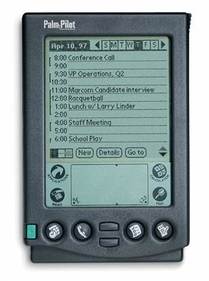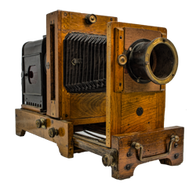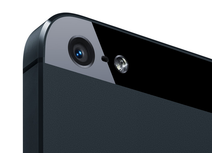Technology Push
|
Technology Push is where the technology is available and the designers make a product to use it.
The best example of this is touch screen technology, this was first developed by the Royal Radar Establishment. In the 80s Hewlett Packard picked up on this technology and brought out a touch screen computer. Later as the technology became refined and could recognise hand writing, Apples PDA and the Palm Pilot. Over recent years the technology has become more and more advanced and is now found in the majority of mobile phones, laptops and computers. Other examples; cassettes, products with smaller components. |
Market Pull
|
Market Pull is where the market is need of a product, so designers make a product to meet that need.
The best example of this is cameras, they have evolved over the years to meet the changing needs of the user. The market needed to be able to take and store a large number of images and the size of the camera needed to be reduced. Due to this development in the design in cameras (making them lightweight, more compact, clearer resolution and so on) the editing software improved alongside. Over recent years they have developed to get even smaller, and have been put into mobile phones, then as people wants changed (people wanted to be able to take photos of themselves) the developed to be even smaller and then moved to the front of the phone. Other examples; hybrid cars, recyclable carrier bags, low light energy bulbs. |



